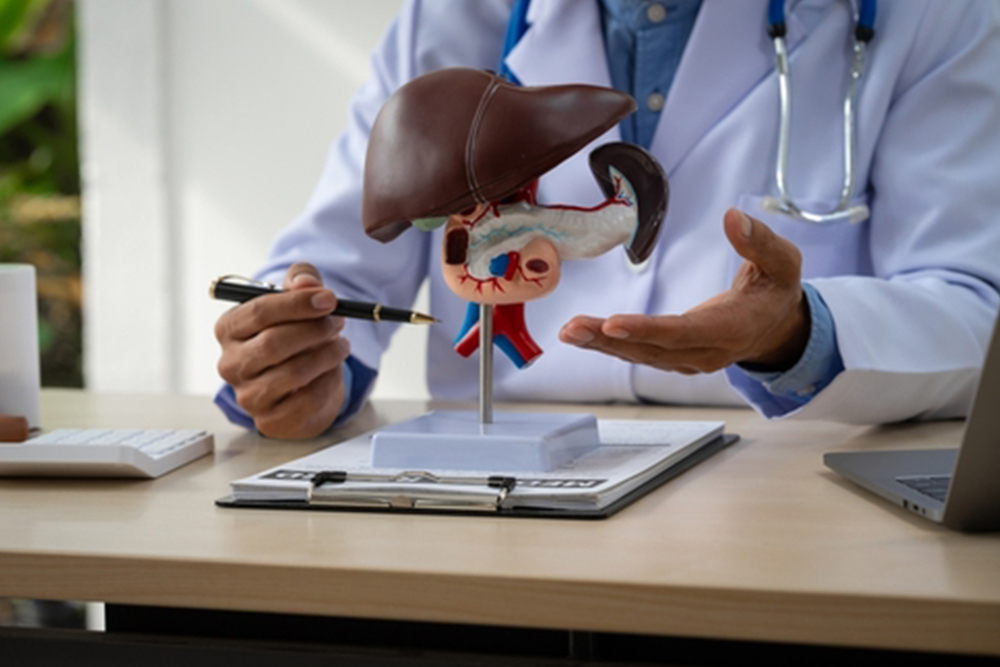The increasing demand for orthopedic surgeries in the US is driving the exploration of innovative rehabilitation solutions, including virtual reality (VR)-based interventions. This review evaluates the effectiveness of VR in orthopedic rehabilitation, highlighting its potential benefits and challenges. While some studies report improved patient-reported outcomes and satisfaction, others show mixed results when compared to traditional rehabilitation. VR’s impact on proprioception, pain management, agency, and balance is promising, though challenges such as patient unfamiliarity, engagement, and dropout rates underscore the need for tailored implementation.
VR’s immersive, multisensory environments provide a complementary approach to traditional rehabilitation methods, aiding in pain reduction and functional recovery. As a dynamic tool, VR-based rehabilitation could enhance postoperative outcomes and reshape healthcare delivery and reimbursement structures. While not a replacement for conventional methods, VR offers a significant opportunity to optimize recovery for orthopedic surgery patients, marking a transformative step in modern healthcare.
Reference: Ehioghae M, Montoya A, Keshav R, et al. Effectiveness of Virtual Reality-Based Rehabilitation Interventions in Improving Postoperative Outcomes for Orthopedic Surgery Patients. Curr Pain Headache Rep. 2024 Jan;28(1):37-45. doi: 10.1007/s11916-023-01192-5. Epub 2023 Nov 30. PMID: 38032538.









